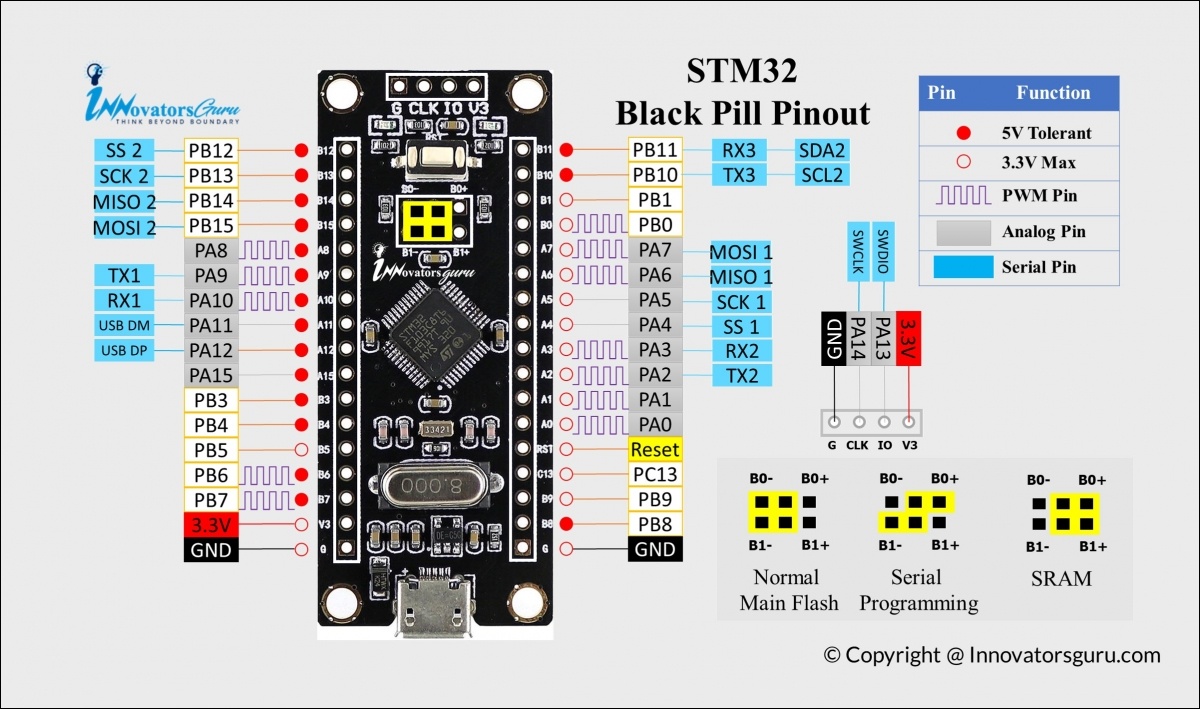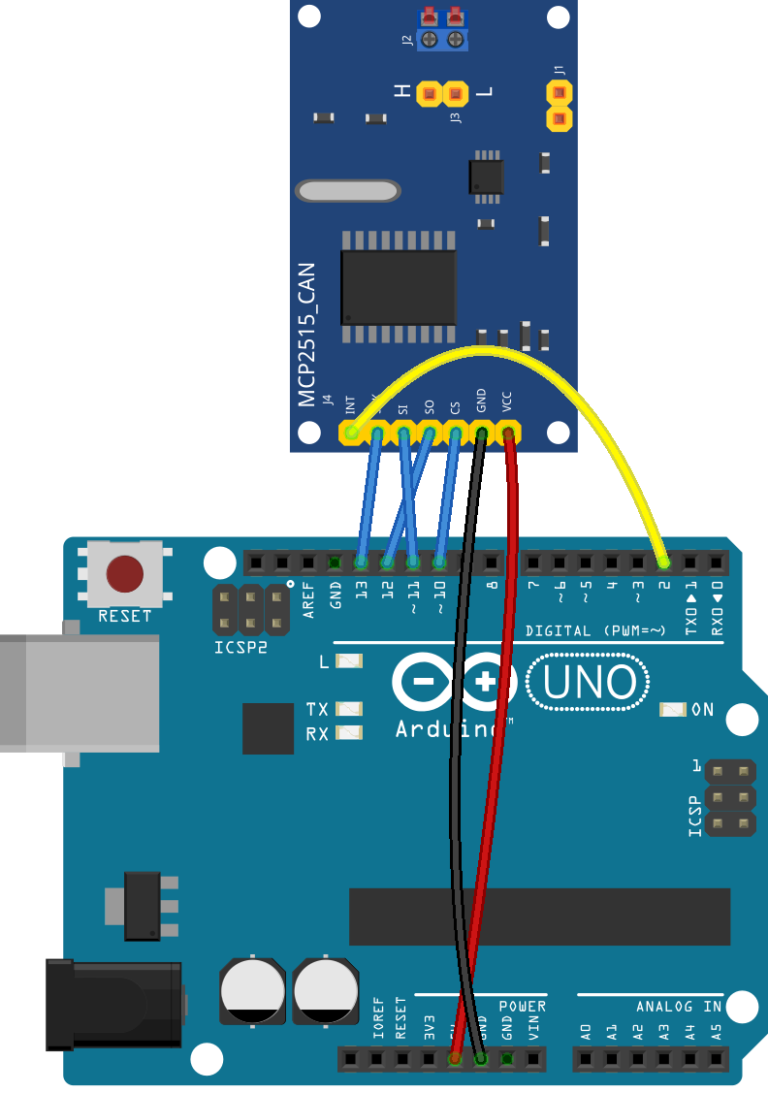

Messages are easy to configure and load with data. It is relatively fast (CAN 2.0b supports 1 Mbps). It has low jitter and low latency, because there is no host computer.
CANBUS TO ARDUINO NANO PINOUT HOW TO
See also this great article from Danfoss that quickly describes how to put together the wiring for a CAN bus Why use CAN? ĬAN is convenient for its simple and robust Physical Layer (PHY) that requires only a twisted pair of wires and a 120ohm termination resistor at each end. Make sure your devices can never send the same message ID at the same time! If two devices send the same message ID at the same time, they will conflict and a bus failure may occur. As the message ID is transmitted, the lowest value “wins” and that message will be transmitted (ID 0 has the highest priority).Īll other devices will wait for the next chance to send. Instead of using a unique address (like I2C) or a select pin (like SPI), CAN messages have a unique ID that also acts as the priority.Īt the beginning of a message frame, all devices talk and read at the same time.

The signal is transmitted as the difference in voltage between the two wires (differential signalling), which makes it very robust against noise. In simple terms, CAN is a way of communicating between many devices over a single twisted pair of wires. It is a message-based protocol, designed originally for multiplex electrical wiring within automobiles to save on copper, but it can also be used in many other contexts.įor each device, the data in a frame is transmitted sequentially but in such a way that if more than one device transmits at the same time, the highest priority device can continue while the others back off.įrames are received by all devices, including by the transmitting device. > A Controller Area Network (CAN bus) is a robust vehicle bus standard designed to allow microcontrollers and devices to communicate with each other’s applications without a host computer. We will be focusing on Raspberry Pi and Arduino-compatible devices using the MCP2515 CAN Controller. Used in conjunction with isolated power supplies, the device protects against high voltage and prevents noise currents from the bus from entering the local ground.The rest of this guide is intended for beginners to set up CAN on the ODrive and on their host device. Electromagnetic compatibility has been significantly enhanced to enable system-level ESD, EFT, surge, and emissions compliance. This device uses a silicon dioxide (SiO2) insulation barrier with a withstand voltage of 5000 VR MS and a working voltage of 1060 V RMS. The device supports up to 5Mbps data rate in CAN FD mode allowing much faster transfer of payload compared to classic CAN. The ISO1042 device offers ☗0-V DC bus fault protection and ☓0-V common-mode voltage range. The ISO1042 device is a galvanically-isolated controller area network (CAN) transceiver that meets the specifications of the ISO11898-2 (2016) standard. D1 Power LED, CN1 Can bus communication, CN3 RJ45 CAN Communication. The project supports up to 5Mbps data rate in CAN FD mode allowing much faster transfer of payload compared to classic CAN.

The project requires 5V supply from the host side (Arduino) and separates 5V from the node side for isolation. The project built using ISO1042 IC from Texas Instruments. The high-speed controller area network transceivers offer integrated isolation, high ESD and high fault protection.
CANBUS TO ARDUINO NANO PINOUT SERIAL
A controller area network is a two-wire high-speed serial network typically used to provide data communication between host and nodes. This module can be used as a standalone module or as an Arduino Uno shield. The module described here is an isolated CAN Transceiver module.


 0 kommentar(er)
0 kommentar(er)
